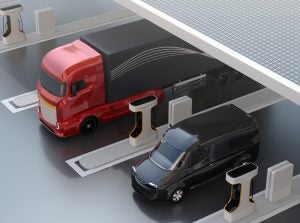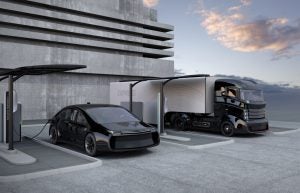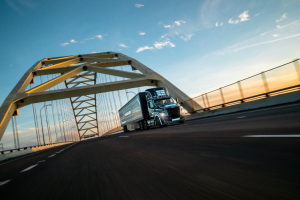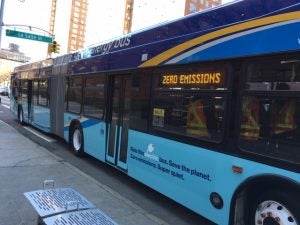 This summer, California made national news by adopting a rule that will require all new passenger vehicle sales to be zero emission by 2035. At the same time, the state is also considering a complementary rule to replace medium- and heavy-duty trucks and buses to also be zero emissions. To support this transition, California will need to make a major investment in electric vehicle charging infrastructure.
This summer, California made national news by adopting a rule that will require all new passenger vehicle sales to be zero emission by 2035. At the same time, the state is also considering a complementary rule to replace medium- and heavy-duty trucks and buses to also be zero emissions. To support this transition, California will need to make a major investment in electric vehicle charging infrastructure.
The California Energy Commission estimates that by 2030 California may need up to 1.2 million EV chargers to support an estimated eight million passenger electric vehicles and an additional 157,000 chargers to support non-passenger vehicles, such as trucks and buses. There are currently over 1.2 million electric passenger vehicles on California’s roads, and significantly fewer chargers than will be needed in 2030. The charging needs of trucks and buses are vastly different from those of private cars — in terms of power demands, locations and access — just to name a few. Unlocking both private and public charging for these vehicles will be a foundational investment to ensure the transition to zero-emission vehicles happens as quickly as possible.














 New York’s environmental and utility regulators are moving closer to a unified approach to building a cleaner, more robust, and affordable energy system.
New York’s environmental and utility regulators are moving closer to a unified approach to building a cleaner, more robust, and affordable energy system.